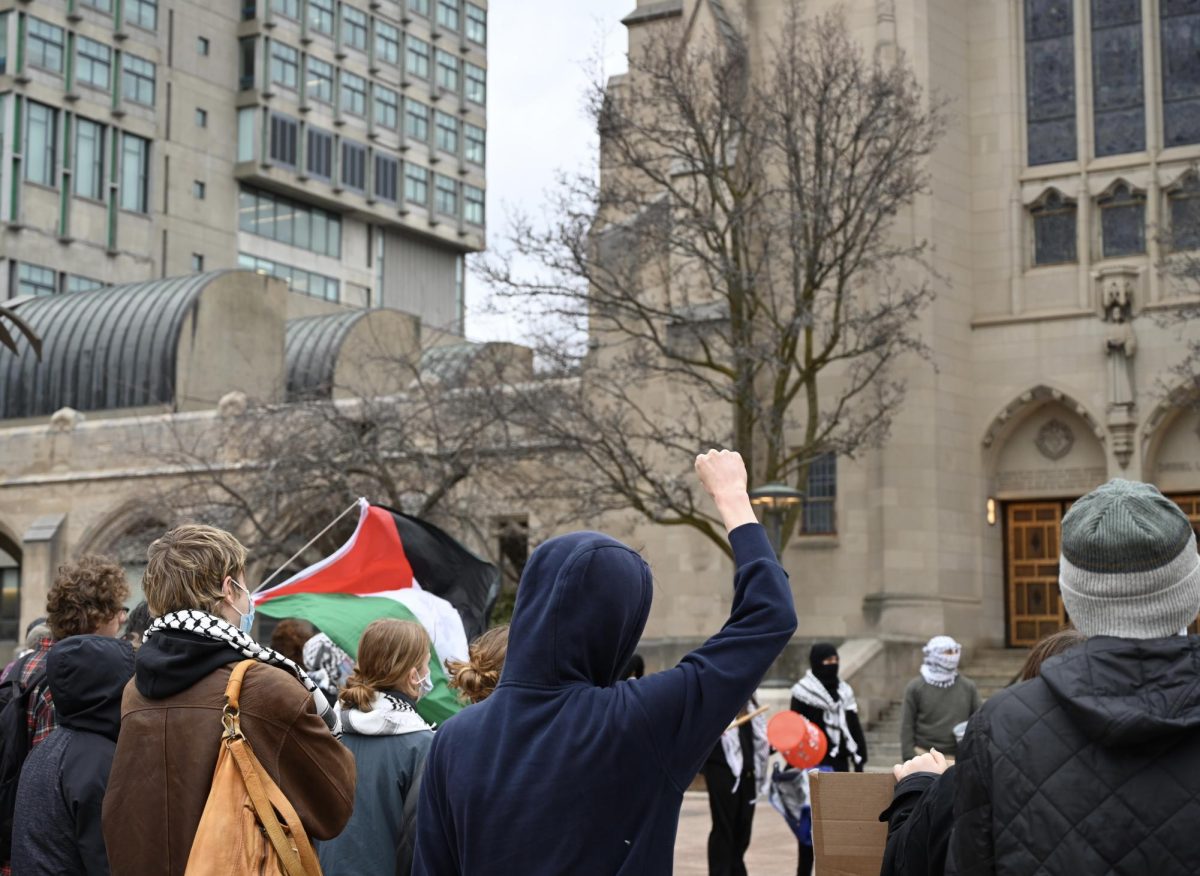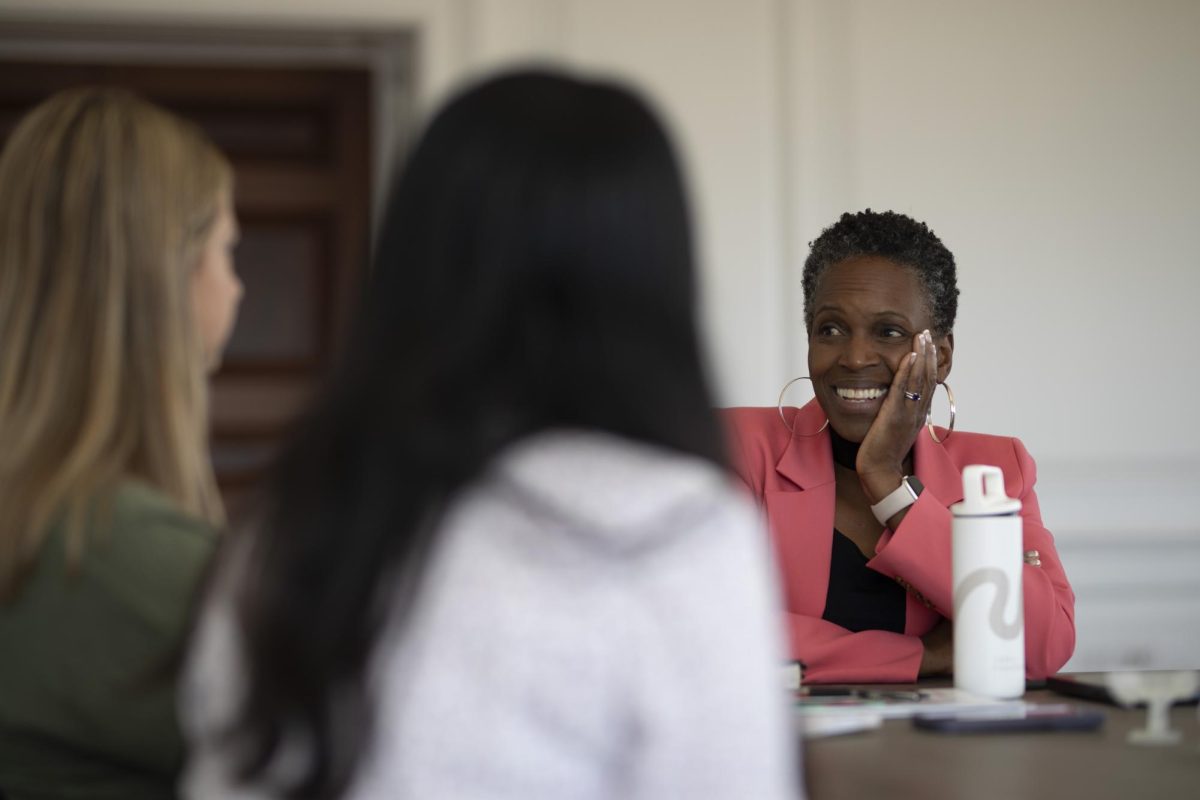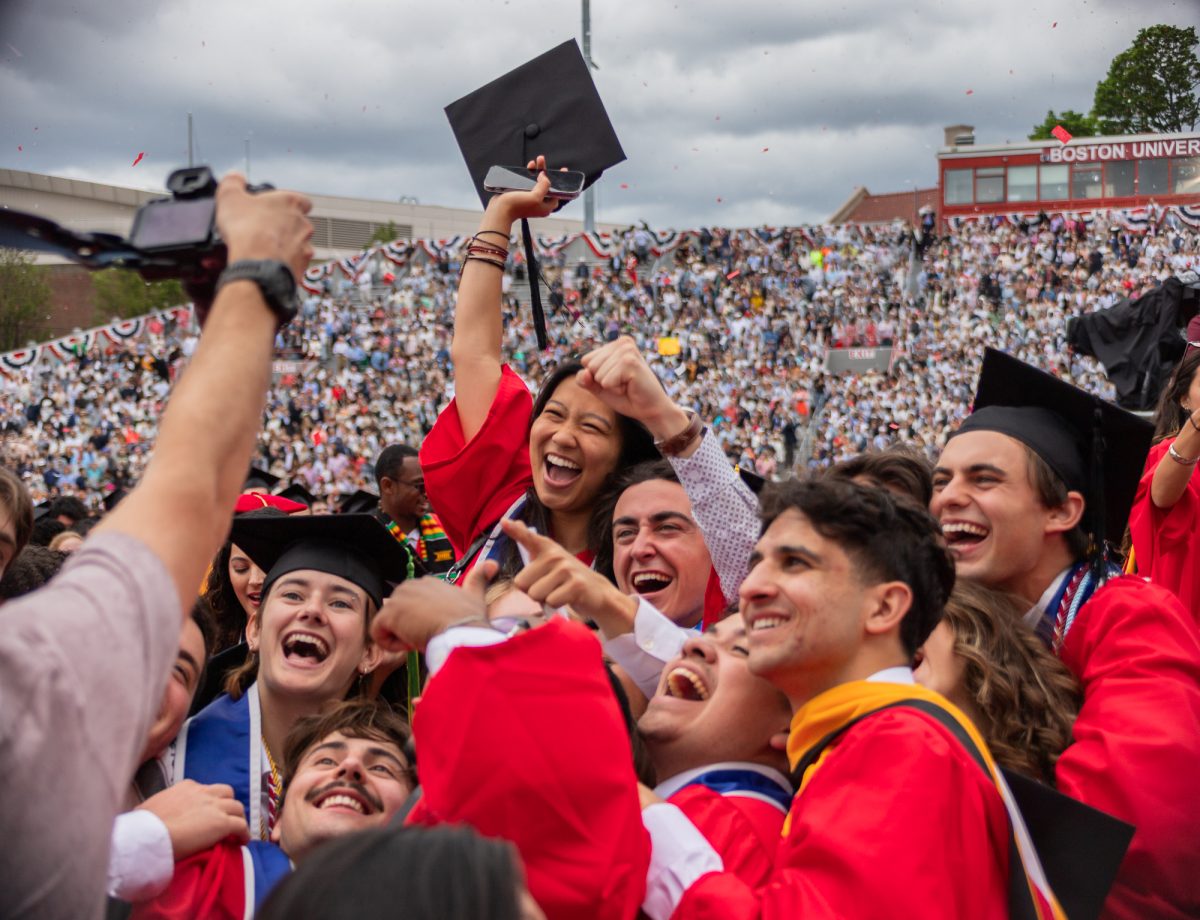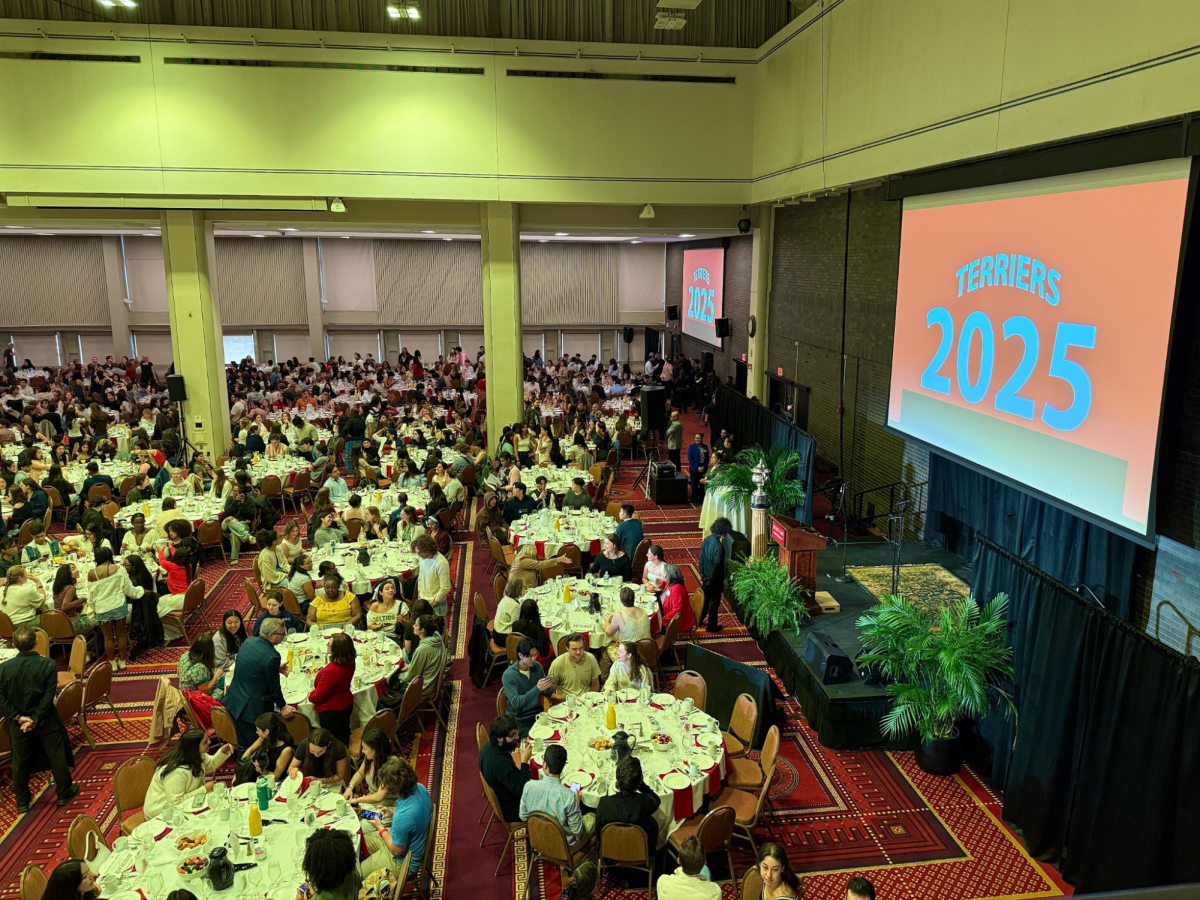Boston traffic is always dangerous, but for cyclists, it can be even worse.
Creating a bike superhighway in Boston would help create a network of interconnected bicycle roadways all throughout the city and metropolitan Massachusetts, panelists said.
About 20 students attended the Boston Symposium’s lecture titled “Bike Superhighways: Infrastructure Catches Up With the Dream,” on Monday at the School of Hospitality Administration Auditorium.
The panel, which consisted of four of the nation’s foremost experts on bike travel and urban planning, addressed Boston’s lack of a bike-friendly setting and the prospect of a bike superhighway.
David Loutzenheiser, a key founder of the Massachusetts Bicycle Plan and a transportation planner with the Metropolitan Area Planning Council, said that Boston has missed a number of opportunities to facilitate the construction of bikeways.
“There are six lanes of [automobile] traffic bordering the Public Garden and the Commons,” he said, suggesting that some of that space should have been allocated to bikers.
Loutzenheiser compared America’s lag in bike accommodation to Canada’s four-kilometer Route Verte in Quebec, a system of bike-only pathways extending from the U.S. border to the center of Canada.
Though the project cost $88.5 million, Loutzenheiser said it was worth the price.
“Tough economic times are not an excuse to do nothing,” he said. “We need to shift the discussion away from traffic congestion to livability.”
Dr. Anne Lusk, a research fellow at Harvard School of Public Health and an advocate for bike infrastructure, said innovative construction does not prioritize bike routes.
Many new roadway structures actually endanger cyclists, such as positioning a bike lane between a row of parallel-parked cars and automobile traffic, she said. For example, if a car door opens, the cyclist is forced to shift over into oncoming traffic.
“The cyclist is in double Russian roulette,” she said.
Lusk proposed placing a bicycle lane between the sidewalk and parallel-parked cars, a system instated throughout Denmark, Germany and the Netherlands, but only in 20 percent of tracks in North America.
MassBike Executive Director David Watson stressed the importance of political support to further biking rights.
“Politicians and law makers need to believe in this to implement this,” he said. “Nothing gets built without public support. You need citizens to say we want something. If people aren’t doing this, it’s much less likely to happen.”
With safer paths, he said that many people could be convinced to change their transportation habits.
“Twenty percent of people have a commute less than two miles,” he said. “We don’t have to convince all people to be all-weather, hard-core bicyclists. We just have to have some people to make those short trips.”
Dr. Peter Furth, a professor at Northeastern University and an engineer specializing in transit, traffic, highways, bicycle and pedestrian facilities, said his students have changed many roadways in Boston and are in the process of changing many more.
Furth has planned out a network linking old fragmented bike paths throughout Boston and creating new ones in stress-free environments in order to encourage increased ridership.
“Ridership depends on traffic stress,” he said. “Less traffic is more ridership.”
Students thought the panel was informative.
“The bike thing is new to me,” said BU graduate student Liza Foley. “Just looking at where it’s separated and what can be done is amazing.”
“I came here kind of anti-bike, and now I’m seeing it in a whole different way,” said BU Communications Manager Florencia Kohan.























































































































